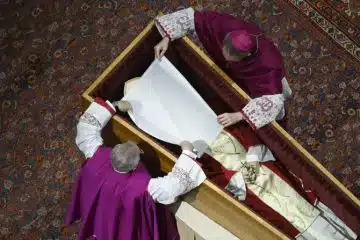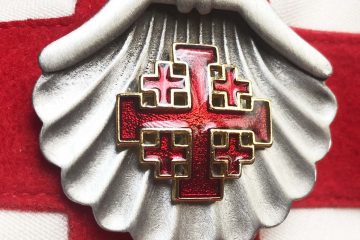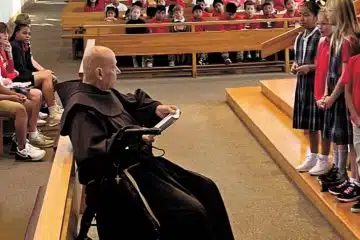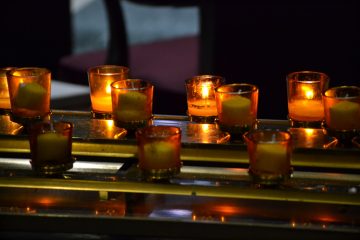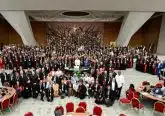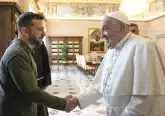Women may now have their feet washed at Holy Thursday Mass, Pope says
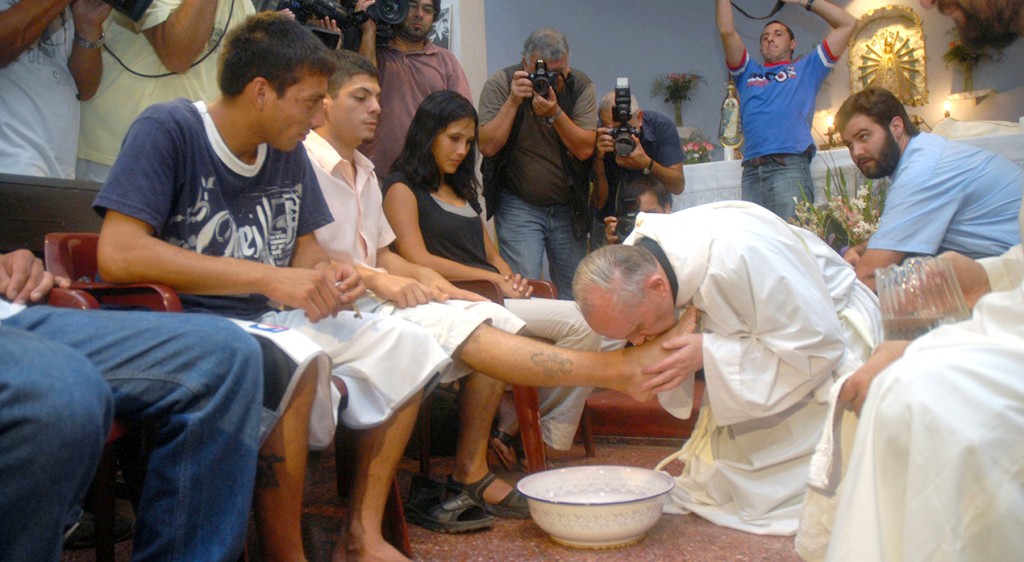
CNA/EWTN News
Pope Francis has changed the rules for the Church’s traditional foot-washing ceremony on Holy Thursday, issuing a decree allowing women to participate in what has until now been a ritual officially open only to men.
In a letter addressed to Cardinal Robert Sarah, Prefect of the Congregation for Divine Worship and the Discipline of the Sacraments, the Pope said that from now on the 12 persons chosen to participate in the ritual of the washing of the feet will be selected “from among all members of the People of God.”
“For some time I have been reflecting on the rite of the washing of the feet, which forms part of the Liturgy of the Mass of the Lord’s Supper, with the intention of improving the ways in which it is put into practice, so that we fully express the meaning of the gesture made by Jesus in the Upper Room, his gift of self until the end for the salvation of the world, his boundless charity.”
Francis also stressed that “an adequate explanation of the meaning of the rite itself” ought to be provided for those chosen to participate.
The official decree was signed by Cardinal Sarah Jan. 6. In it, the cardinal specified that the previous text of the Roman Missal, which says that “the men chosen are accompanied by the ministers,” has now been changed to read “those chosen from among the People of God are accompanied by the ministers.”
Pastors can freely choose a group of faithful “that represents the variety and unity of every part of the people of God,” he said, explaining that this group may now consist of “men and women, and suitably of young and elderly, healthy and sick, clerics, consecrated and laity.”
Many parishes around the world had already been including women in the ritual for years; the decree of the Congregation for Divine Worship makes the practice licit.
Francis himself had a habit of including women and non-Catholics in the ritual during his own Holy Thursday liturgies, which have taken place in both a juvenile detention center and a center for the elderly and disabled.
Just after his election as Bishop of Rome in 2013, Pope Francis said Mass at Rome’s Casal del Marmo juvenile detention center, where washed the feet of 12 youth, including two women and two Muslims.
A year later, he said Holy Thursday Mass at the Don Gnocchi center for the elderly and disabled, where he washed the feet of both young people and elderly, four of whom were women.
Although the Pope has previously chosen to wash the feet of both non-Catholics and non-Christians, Archbishop Arthur Roche, secretary of the Congregation for Divine Worship, cautioned that the new change does not necessarily include them.
In Jan. 21 comments to CNA, the archbishop said that the changes are meant for “the local community,” and members of “the local parish.”
He said that reading the decree as an invitation for non-Catholics to participate would be a “selective interpretation” of the text, and that while this could be something that happens “in the future,” it’s probably not what the Pope’s decision intended.
However, Archbishop Roche did say that although the decree is meant for the local community, it’s possible that a non-Catholic spouse of a parishioner who regularly attends the Catholic liturgy could be chosen to participate.
The archbishop also touched on the topic of whether non-Christians could be chosen. He pointed to Pope Francis’ decision to wash the feel of Muslim youth in 2013, distinguishing between papal liturgies from the everyday liturgy in “normal” situations.
He explained that when Pope Francis chose to wash the feet of Muslim youth, it was under “special circumstances” and took place in an “unusual setting,” whereas the current decree is intended for the “normal, everyday liturgy in the parish.”
So when reading the decree’s emphasis on the “People of God,” Archbishop Roche said the phrase can be interpreted from its use in Lumen gentium, the Second Vatican Council’s dogmatic constitution on the Church, in which the term refers “specifically to the Church.”
Story by Elise Harris



